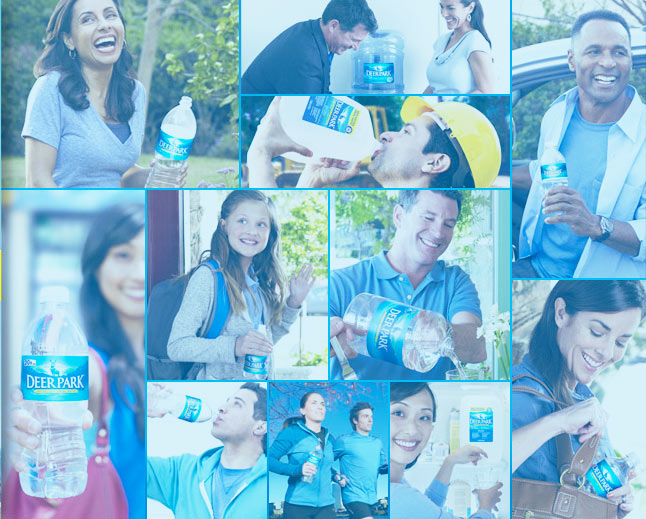On Sunday, April 22, 2012, Earth Day will be upon us. And not only will millions of individuals—maybe a billion—around the world pledge money and time to help clean up the environment, so will a plethora of brands, some that have far-reaching corporate social responsibility programs that tie strategically into their business goals—and some that will execute one-off environmental campaigns.
A look at the Earth Day Network site (earthdaynetwork.org) shows exponential growth of the movement, from 20 million Americans participating in the first Earth Day in 1970, to the more than 1 billion expected next month. EDN works with more than 22,000 partners in 192 countries to help clean up the environment—that’s a lot of campaigns.
For brands, much has changed in the environmental space in 40-some years—especially in the last three or four years.
“Greenwashing” was a much-used term in CSR circles three years ago. Now, says Tara Greco, not so much. Greco, senior VP in APCO Worldwide’s corporate responsibility practice, says false environmental claims by brands caused a painful consumer backlash. “Companies became much more authentic in communicating their green programs,” says Greco.
Yet there’s one important aftereffect: There is now a perception that if a product is green, there’s a trade-off in quality, says Greco.
It’s up to the brand to dispel that perception, and household products maker method is one company that’s achieved just that, says Greco. “Method’s products are built with sustainability at their core, but they still project quality,” she says. “Plus, they have an emotional appeal as well.”
EARTHY BUT EFFECTIVE
While Greco says Earth Day still has an “earthy,” almost fringe image, the day is coming into its own as a launching pad for green initiatives—and thus a launching pad for green communications trends, says Jonathan Yohannan, executive VP, and head of Cone Communications ’ corporate responsibility practice. Those trends include:
1. Packaging: Innovation is on the rise, because packaging is what consumers can touch and interact with, says Yohannan. Procter & Gamble’s Pantene brand recently introduced plastic packaging made from plant-based sugarcane. And Deer Park water, a Cone client, has reduced the amount of PET plastic in its bottles by 60% (see the Green Case 2 for more details).
2. Second Life: How can the consumer turn trash to treasure? Recycled motor oil is being used by NASCAR, and used tires become soles for Timberland shoes. “This is something that makes people feel good about using a product,” says Yohannan.
3. No Green for Green’s Sake: In 2008 it was the trendy thing to do, but now it’s about the efficacy of the product, says Yohannan. “There has to be a consumer benefit—meeting their needs and price, and a social benefit is third.”
4. Better stories: Companies have been successful in driving sustainability and efficiency, says Yohannan. What is lacking is the ability to communicate those stories to the public. “There is a lot of unrealized value because brands haven’t figured out how to leverage their successes,” he says. Better stories will translate into better and bigger brands.
One brand that has been telling a pretty effective green/sustainability story is Glad. Its One Bag campaign is about individuals taking small green steps—keeping trash down to just one bag by recycling and composting (see Green Case 2 for details).
Of course, the bags most suited to getting everything in one bag are from Glad. According to Molly Steinkrauss, associate PR manager at The Clorox Company (Glad’s parent firm), Earth Day figures heavily into the One Bag program—this year they’ll be at Clorox plants around the country spreading the One Bag message internally.
SHARED CSR VALUE
As Earth Day approaches, keep two concepts in mind for your green efforts. The first is “creating shared value” (CSV). Born from a 2011 article that appeared in the Harvard Business Review, the central premise behind the term is that the competitiveness of a company and the health of the communities around it are mutually dependent.
And the second and perhaps most important concept is transparency. This goes well beyond green and composting, says Greco. It’s having a system in place to track and report green efforts, such as making use of the Global Reporting Initiative (GRI) to record green progress.
Keep those two in mind and Earth Day for your brand will be something to truly celebrate. PRN
CONTACT:
Jonathan Yohannan, [email protected]; Tara Greco, [email protected]; Molly Steinkrauss, [email protected].
Follow Scott Van Camp: @svancamp01


